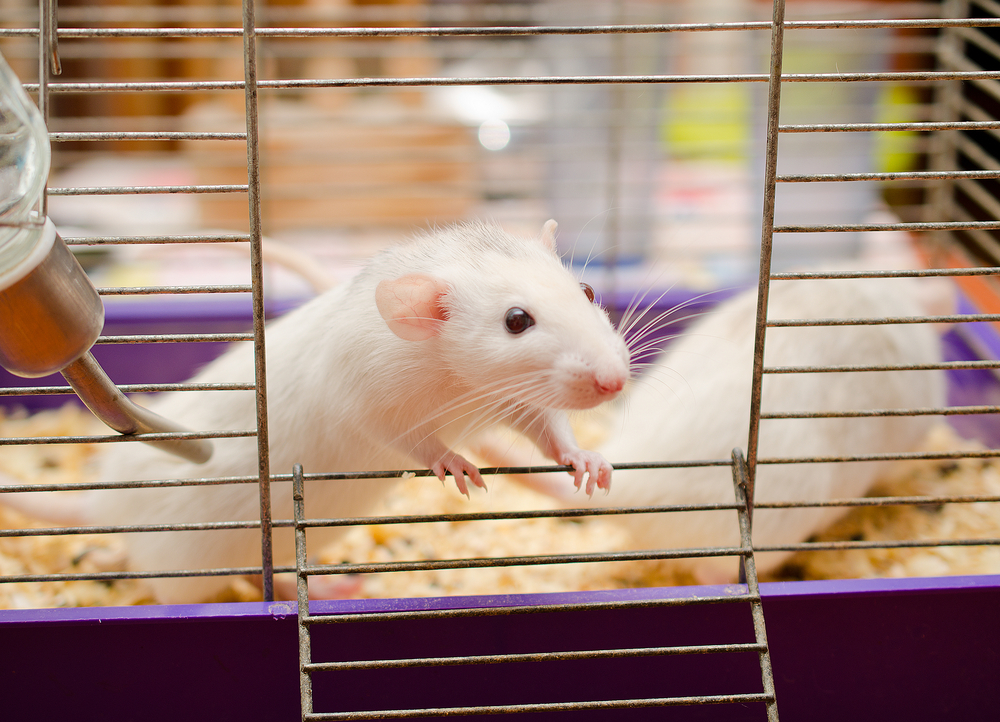New ALS Mouse Model Reported to Accurately Mimic Disease Pathology

University of Florida Health researchers have developed a mouse model of the most common genetic mutation that causes amyotrophic lateral sclerosis (ALS). The model, which captures the molecular, behavioral, and neurodegenerative features of the disease, could greatly aid in the development of more effective therapeutic agents.
The paper detailing the model, “C9orf72 BAC Mouse Model with Motor Deficits and Neurodegenerative Features of ALS/FTD,” was published in the journal Neuron.
ALS, which is an incurable, is characterized by the gradual degeneration and ultimate death of motor neurons, nerve cells in the brain and spinal cord responsible for muscle control and voluntary movement. ALS cases are divided in sporadic disease, not associated with with a known cause, and inherited (genetic/familial) disease. Familial ALS represents 5 to 10 percent of all ALS cases, about 40 percent of which are associated with a mutation in the C9orf72 (chromosome 9 open reading frame 72) gene. An animal model that replicates not only the genetic mutation but also the phenotypic changes that occur as a result of it is important to understanding what triggers the brain and spinal cord damage, and for the development and testing of therapeutic strategies for both ALS and frontotemportal dementia (FTD).
The team focused on the C9orf72 gene and developed a mouse model — the first focused on this gene that accurately developed the pathological features of both ALS and FTD, such as paralysis, dementia, muscle denervation, motor neuron loss, anxiety-like behavior, neurodegeneration, and decreased survival. The animals also showed accumulation of the pathological RNA and protein clumps suspected to drive the disease. The model could help researchers better understand which of the eight mutant products arising from this mutation are most important as a disease cause. Other questions, such as to why some people carrying the mutation do not develop ASL or FTD, might also be answered by this in vivo research tool.
“I am excited because one of the two mutant RNAs produced by the mutation accumulates in neurons that are vulnerable to the disease and die. This gives us an important clue for future studies aimed at developing therapies for people,” Dr. Yuanjing Liu, the study’s lead author, said in a news release.






